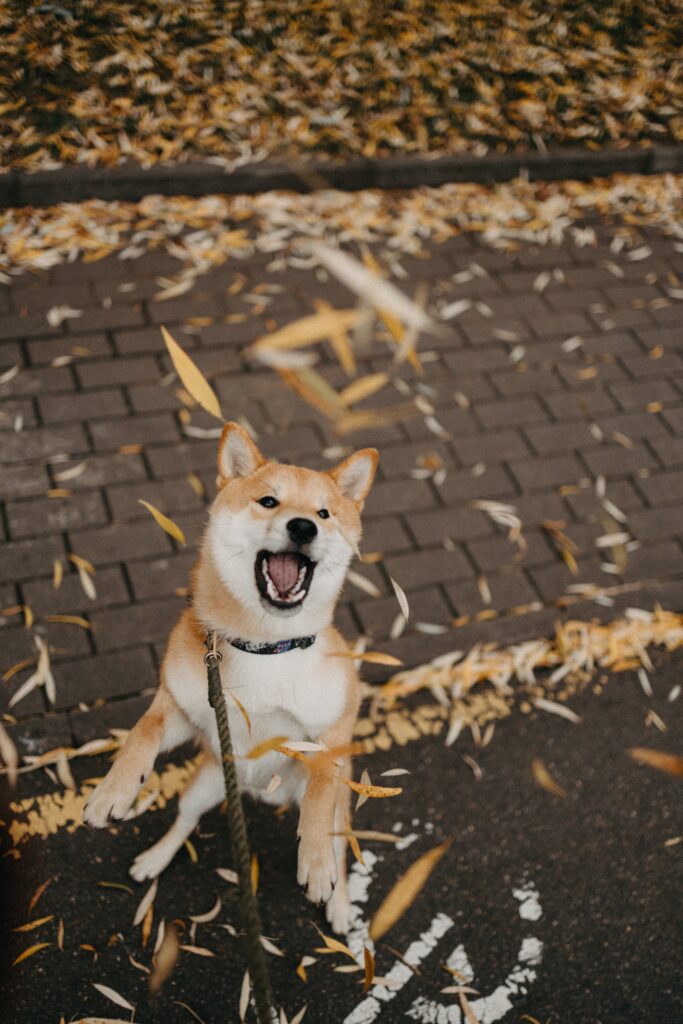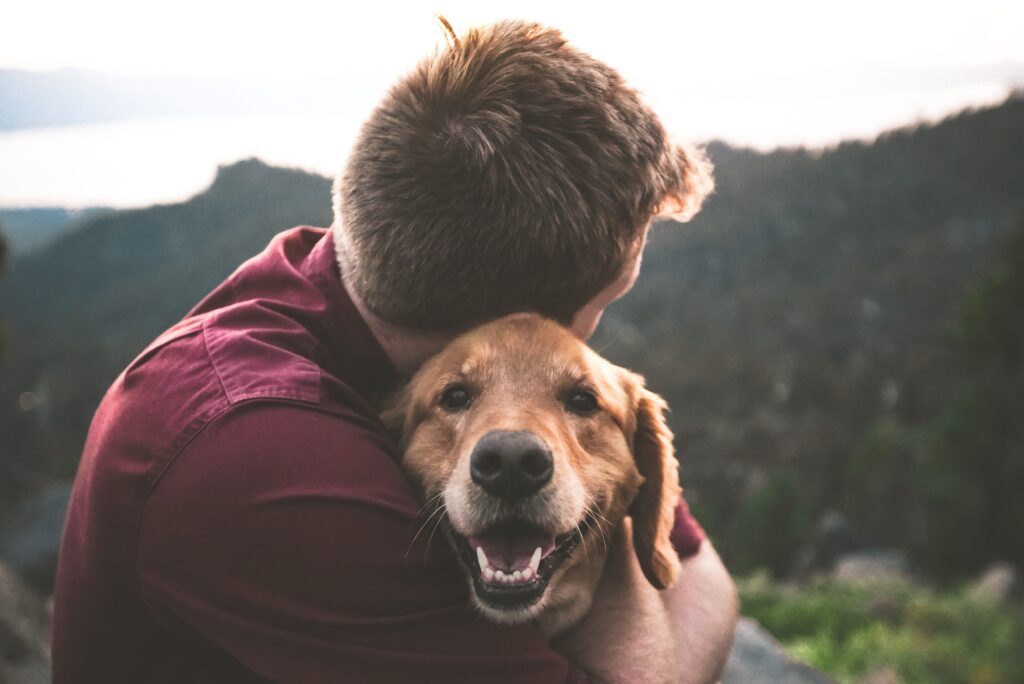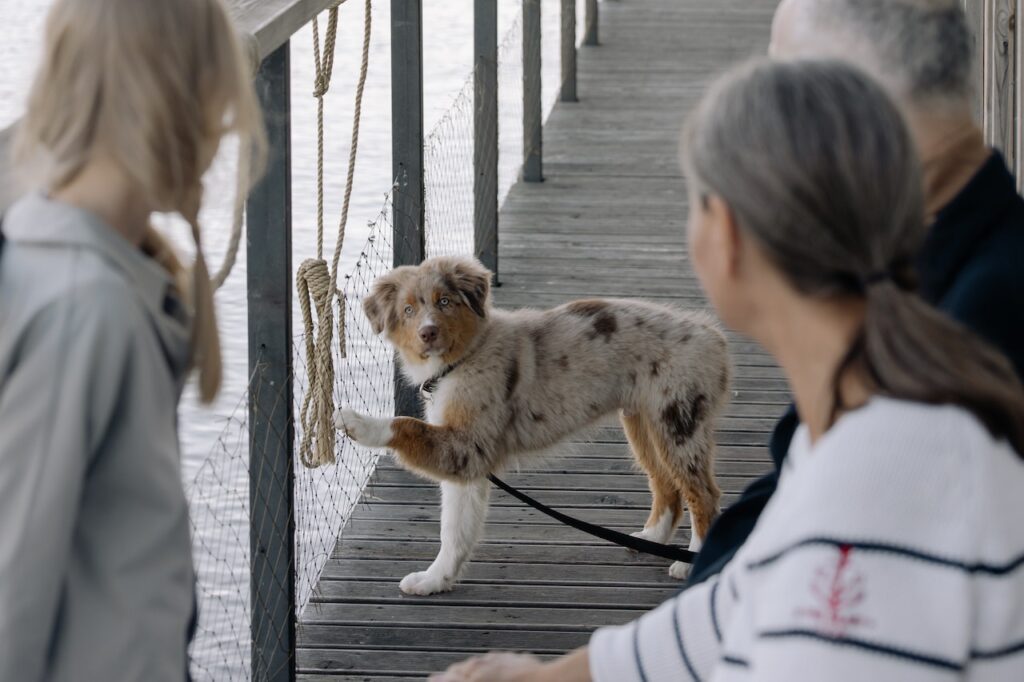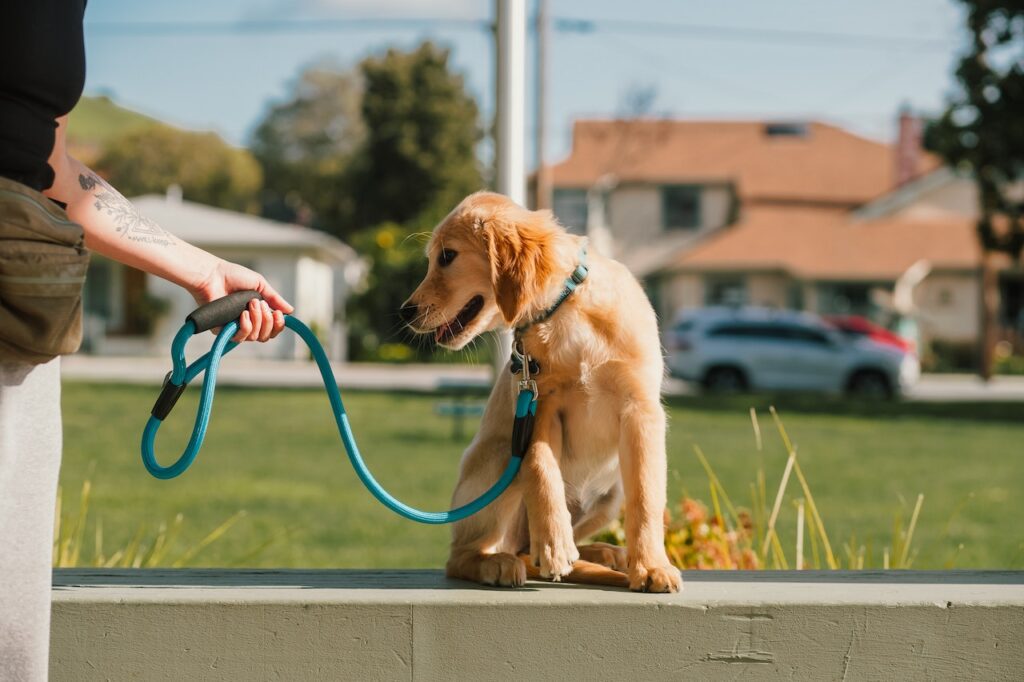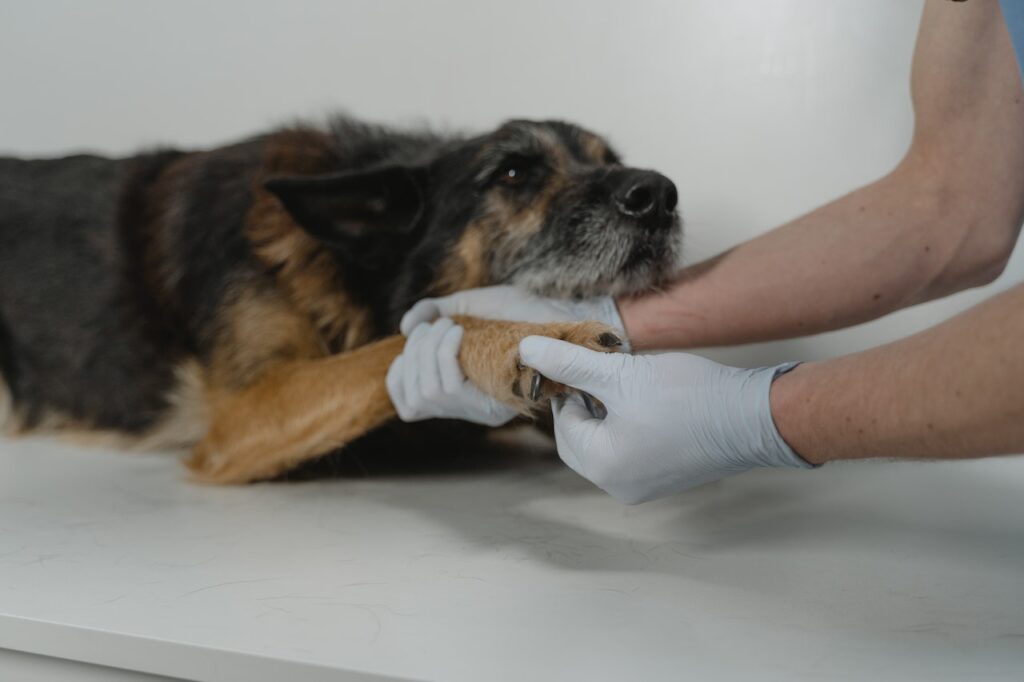Signs of Cancer in Dogs
Cancer is a serious health condition that can affect dogs. It is important for dog owners to be aware of the signs of cancer in order to detect it early and seek appropriate treatment. This blog post will discuss some common signs of cancer in dogs. Changes in Behavior When it comes to our furry friends, changes in behavior can often serve as important indicators of their overall health and well-being. While dogs and cats may not have the ability to communicate in the same way humans do, they can often display certain behavioral changes that may warrant attention and further investigation. In this section, we will discuss some common changes in behavior to watch out for in your pets, including sudden weight loss or gain, loss of appetite, and lethargy or decreased activity level. Sudden Weight Loss or Gain One of the first signs that something may be amiss with your pet is a sudden change in weight. If you notice that your pet has lost a significant amount of weight or has unexpectedly gained weight, it is important to monitor their eating habits, exercise routine, and overall behavior. Sudden weight loss may be a result of various underlying medical conditions, including digestive issues, thyroid problems, or even certain diseases. On the other hand, sudden weight gain can be an indication of overeating, poor nutrition, or hormonal imbalances. Loss of Appetite A loss of appetite in your pet can be concerning, especially if it persists for an extended period of time. Just like humans, dogs and cats may experience a decreased desire to eat due to illness, stress, or pain. If your pet is not eating their regular meals or is only eating small amounts, it may be a sign of an underlying issue. It is essential to observe any other accompanying symptoms your pet may have, such as vomiting, diarrhea, or changes in behavior, and consult with a veterinarian for further evaluation. Lethargy or Decreased Activity Level If you notice that your usually active and energetic pet has become lethargic or has a decreased activity level, it may be an indication that something is wrong. Lethargy can manifest as a lack of interest in playing, reluctance to go for walks, or excessive sleeping. This change in behavior can be a result of various factors, including pain, illness, or even emotional distress. It is important to pay attention to any other accompanying symptoms or changes in behavior, and consult with a veterinarian for a proper diagnosis and treatment plan. In conclusion, changes in behavior, such as sudden weight loss or gain, loss of appetite, and lethargy or decreased activity level, should never be ignored when it comes to the health and well-being of our pets. Monitoring and addressing these changes promptly can help ensure that our furry friends receive the necessary care and treatment they require. If you notice any of these behavioral changes in your pet, it is always best to consult with a veterinarian for a thorough evaluation and guidance. Abnormal Lumps or Swellings If you notice any new or growing lumps on your body, it is important to pay attention and seek medical attention. While not all lumps are cause for concern, it is always better to be safe than sorry when it comes to your health. Here are some common causes of abnormal lumps or swellings: New or Growing Lumps on the Body Discovering a new lump on your body can be alarming, but not all lumps are cancerous or dangerous. In fact, many lumps are benign and harmless. However, it is crucial to stay vigilant and monitor any changes in size, shape, or texture. If the lump grows rapidly or causes discomfort, it is important to consult with a healthcare professional for further evaluation. Swollen Lymph Nodes Swollen lymph nodes are another common cause of abnormal lumps. Lymph nodes are small glands that play a vital role in the body’s immune system. They can become temporarily enlarged due to infections, such as colds or throat infections. However, persistent swelling or lumps in the lymph nodes might indicate a more serious underlying condition, such as lymphoma or an autoimmune disorder. If you notice enlarged lymph nodes that do not decrease in size after a few weeks, it is essential to seek medical advice. Enlarged or Abnormal-Looking Testicles For men, any changes in the size or appearance of the testicles should not be ignored. Enlarged or abnormal-looking testicles can be a sign of various conditions, including testicular cancer, epididymitis, or hydrocele. It is crucial to perform regular testicular self-exams and seek medical attention if you notice any changes, lumps, or swelling in this area. In conclusion, any abnormal lumps or swellings on the body, swollen lymph nodes, or enlarged or abnormal-looking testicles should be taken seriously. It is essential to consult with a healthcare professional for proper diagnosis and appropriate treatment options. Remember, early detection can greatly increase the chances of successful outcomes. Stay proactive and prioritize your health. Unusual Odors Our bodies are capable of producing a variety of smells, some pleasant and some not so pleasant. However, there are certain unusual odors that can be a cause for concern. In this blog section, we will explore three such unusual odors: foul-smelling breath, strong odor from ears, and unpleasant body odor. Foul-smelling breath Foul-smelling breath, also known as halitosis, is a common problem that can be caused by various factors. Poor oral hygiene, dental issues, dry mouth, certain foods, smoking, and underlying medical conditions are some of the possible causes of foul-smelling breath. To combat foul-smelling breath, it is important to maintain good oral hygiene. This includes regular brushing and flossing, using mouthwash, and cleaning the tongue. If the problem persists, it is advisable to consult a dentist or a healthcare professional for further evaluation and treatment. Strong odor from ears A strong odor emanating from the ears can be a sign of an ear infection or a condition known as otorrhea. Otorrhea is
Signs of Cancer in Dogs Read More »


